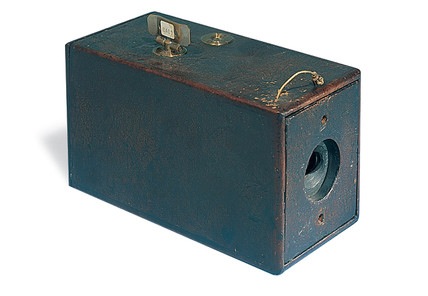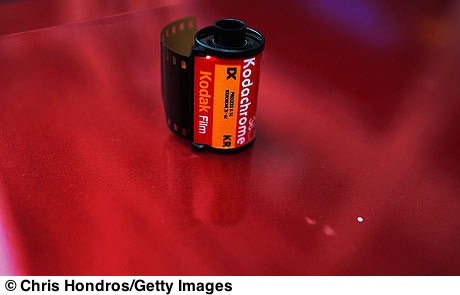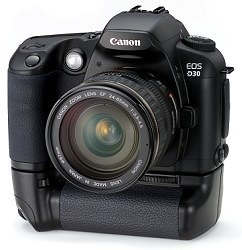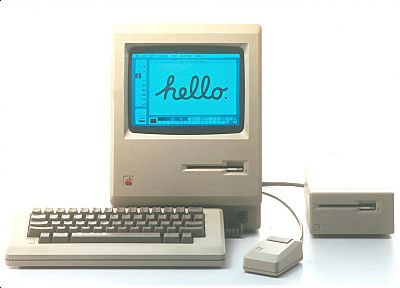The 2000s will forever be the decade film died.
There’s a strong case to be made that photography experienced only one game changing technology in the 112 years leading to the end of the millennium, and that technology was the invention of roll film.
While dry plates were already in use when George Eastman introduced roll film in 1888, the change was revolutionary, taking the making of pictures – heretofore the province of an affluent few – from ‘artists’ and placing the enabling technology in the hands of everyman.

The first Kodak – 1888
I would go further and add that Kodak’s invention of Kodachrome – which did for color what the Brownie had done for monochrome – was a technological sea change of almost equal significance. Color was now available to anyone at modest cost with consistently assured results, thanks to Kodak’s outstanding quality control.

Kodachrome
Some might even argue that the invention of small cameras was as big a technological leap, one made possible by the existence of roll film. The Leica may not have been the first camera to bring high capacity exposure capability to photographers, but it brought an engineering standard that gave much the same guarantee of results as did Kodak’s roll films.
Thereafter much of what changed was simply variations on a theme. Rangefinders came and went. The pentaprism and flapping mirror (both on their last legs) – a mechanism surely invented by Rube Goldberg – prevailed for much of the last four decades of the twentieth century, but what lay underneath was still the same old roll film camera. There was still the agonizing wait while Rochester processed your Kodachrome, although always cured by the exciting arrival of the mail with that small yellow box of slides. I doubt that postmen have ever been as popular since.
There was, of course, one other technological breakthrough of enormous magnitude, but ultimately of little significance, and it too was the brainchild of one man. Edwin Land gave the affluent consumer instant results, first in black and white, later in color in the guise of Polaroid film. The process was rendered obsolete by the one hour lab which could deliver 36 beautifully printed snaps in one hour or less, making the extremely high cost of Polaroid film a thing of the past. Americans may be impatient, but they also know the value of a buck, and at a buck a shot compared to a buck for ten, the math did not solve for Polaroid.
But the first decade of the new millennium, which ends today, saw the first really significant change in mass market photographic technology since 1888, so you could argue that roll film is amongst the longest lived modern technologies known to man. Daguerrotypes, wax cylinders, shellac discs, vinyl LPs, CDs, DVDs, Cathode Ray Tubes, carburetors, propellers, drum brakes, magnetic tape, typewriters, recording tape, cassettes for film, movies and sound – all are dead or dying and none lasted more than a few decades.
That revolutionary change, of course, was the introduction of mass market digital technology and while I do not recall ever complaining that 36 exposures on a roll were too few, now a thousand or more on a postage stamp-sized memory card is viewed as the norm. And if that’s not enough, movie capability is taken for granted. In the short space of a decade, digital technology has largely equalled or exceeded anything available to its predecessors in quality, flexibility, size, price, speed, you name it.

Canon’s first DSLR – the D30 of 2000
You can read all about the first Canon-branded ‘serious’ DSLR at DPReview which recommended it highly in August, 2000. Today even the cheapest point and shoot exceeds the D30’s specs at a fraction of the cost.
I, for one, embrace digital with open arms. Its democratizing features – everyone can press the button if few can actually take a good photograph – means there is much more noise in imagery today than ever, but for photographers seeking ever less interference between vision and result it would be quixotic to deny the superiority of digital over film in every respect. None of that denies that there remain a few superb craftsmen getting the very last iota of quality from traditional wet darkroom processes, but that’s largely a decision based in the love of process rather than in the love of results. There are still folks who use hand tools for woodwork and bamboo split cane rods for angling. For them it’s the tool not just the result.
What is startling is the rate of change. In a very short time the digital camera has gone from expensive plaything with poor image quality to dominating every image making sector from point-and-shoot to professional gear for billboard-sized images. Three things make it possible – the first two are the development of sensors and the invention of low energy display panels – plasma, LCD, whatever. Curiously, the latter have thrown photographers back to the very early days of the creative process where the image was viewed at some distance – albeit under a dark cloth – on a screen during the composition stage. But more importantly, those screens in large sizes – as big as your wallet permits – have obsoleted the wall print. While consumer ink jet printers are at a level of perfection seemingly hard to improve, they are about as obsolete as roll film. Who needs a printer when the TV screen beckons as the display medium of choice? Why spend huge sums on matting and framing when a $5 connecting cable works just as well? Sure, I’m a huge fan of big prints, but the cost makes little sense for most applications.
The third enabling technology is, of course, the personal computer and that too is reaching a development plateau. Prices are leveling off at a point so low it seems ridiculous. Reliability has never been better so that now one of the greatest challenges facing any hardware manufacturer must surely be the lengthening replacement cycle. Why get a new box when the old one works just fine? The operating systems and application software for home computing are now so cheap, reliable and capable that it seems hard to imagine revolutionary changes which will make photographers want to throw everything out and start again. While we will see more data storage move to the ‘cloud’, remote from the hardware, the core technologies are well developed, cheap and in place.

The computer for the rest of us – it just worked.
But then no one saw digital coming, certainly not Kodak or Fuji, both of whom have been broken by the change. So it’s foolish to say that things are as good as they can get and doubtless there is some new technology around the corner waiting to create the next seismic change. I just can’t see what it is. Within ten years upper end camera hardware will have shaken the silly prism and flapping mirror as surely as CDs shook off the stylus, but that’s evolutionary, not revolutionary. The sensors in the best gear are at a point where it’s pointless to demand more, and while things may get faster and quieter and maybe even cheaper, it’s hard to see what the next revolution will bring. I think it may take a while.
I believe that the next ten years will be the Decade of Broadband. Increasing bandwidth demand for delivery of content – movies, data, commerce of all sorts, art books (finally!), online storage – will see a dramatic increase in bandwidth to the business and home, while competition will see to it that prices continue to fall. AT&T got most of it right in its prescient 1993 advertisements titled “You Will” with a voiceover by Tom Selleck (remember him? Also obsolete). The only thing missing from making all of the telephone company’s ideas really practical is an absence of bandwidth and speed in our transmission systems. It will just take time and money – no technological breakthroughs are needed, just shovels to make trenches for all that optical fibre.
Meanwhile, thanks to the technological revolution of the first decade of this new millennium, there has simply never been a better time to be a photographer.
On a personal note, had you told me on January 1, 2000 that my Leica M2, Leica M3 and Rolleiflex 3.5F would all be disposed of and that I would be using two cameras from a home electronics manufacturer (the Panasonic G1 and LX1) for daily snaps and a Canon 5D for ‘medium format’ quality …. well, I would have pointed you to the local loony bin after suggesting you first sober up. Change or die.